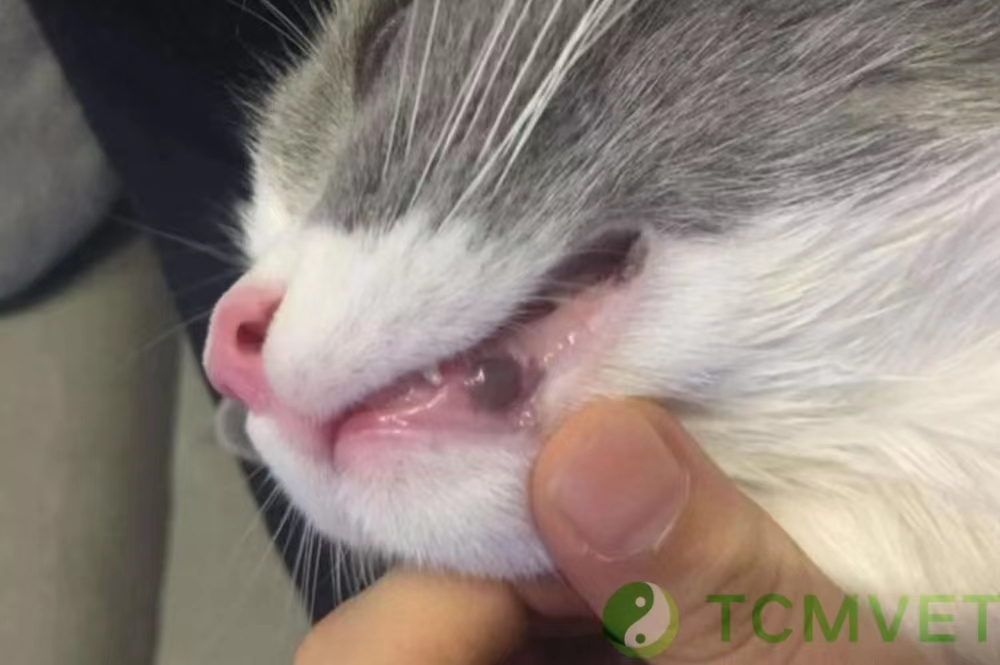Melanoma, a form of cancer arising from pigment-producing melanocytes, is a significant health concern in dogs and, to a lesser extent, in cats. This comprehensive guide aims to shed light on the characteristics, diagnosis, and potential treatment options for melanoma in these animals, providing valuable information for pet owners and veterinary professionals alike.
What is Melanoma?
Melanoma is a cancer that originates in melanocytes, the cells responsible for pigment production in the skin and other parts of the body. In dogs, it is a relatively common cancer, especially in breeds with considerable skin pigmentation. Unlike in dogs, melanoma is rarer in cats but tends to be more malignant when it occurs.
Common Sites and Appearances
In dogs, melanomas are most frequently found on the haired skin, presenting as small, brown to black masses. They can also appear as larger, flat, and wrinkled masses. Primary melanomas in dogs may also develop in the oral cavity, nailbed, footpad, eye, gastrointestinal tract, nasal cavity, anal sac, or mucocutaneous junctions. The most common site for oral melanoma in dogs includes the gingiva, lips, tongue, and hard palate.
Risk Factors and Causes
Unlike human melanomas, which are often linked to UV light exposure, canine melanoma is less likely attributed to sunlight due to the protective hair coat of most breeds. However, the exact risk factors for canine melanoma are not well established. In cats, melanoma is less common and its causes are similarly complex and not fully understood.
Diagnosis and Pathology
Diagnosing melanoma can be challenging, especially anaplastic amelanotic melanomas that resemble soft tissue sarcomas. Immunohistochemical methods are frequently used to increase diagnostic precision, employing antibodies like PNL2 and tyrosinase, in addition to Melan A and S-100.
Molecular Biology Insights
Canine and feline melanomas have a limited molecular characterization compared to human melanomas. In canine oral malignant melanomas (MMs), BRAF mutations common in human cutaneous melanoma are uncommon. However, ERK activation similarities in human and canine MMs suggest potential parallels in molecular pathways. Researchers have also identified other molecular abnormalities in canine and feline melanoma, providing new avenues for treatment research.
Treatment Options and Research
The treatment of melanoma in dogs and cats depends on various factors, including the location, size, stage, and histological characteristics of the tumor. Some of the treatment options include:
- Surgery: The primary treatment for localized melanoma, aiming to remove the entire tumor.
- Radiation Therapy: Often used for tumors that cannot be completely removed surgically.
- Chemotherapy: Employed in cases where the melanoma has spread, although its effectiveness can vary.
- Immunotherapy: A newer approach, such as the use of Oncept vaccine in dogs, specifically designed for canine melanoma.
Future Therapeutic Targets
Recent transcriptome analysis in canine melanoma has revealed new therapeutic targets in the focal adhesion and PI3K-Akt signaling pathways. Furthermore, the presence of exon 11 c-kit gene mutations in some dogs with malignant melanoma opens up the possibility for targeted therapy using KIT small molecule inhibitors.
The Road Ahead
Continued research into the molecular biology of canine and feline melanomas holds promise for the development of more effective treatments. Understanding somatic mutations in genes like NRAS and PTEN, similar to human melanoma hotspots, may offer new therapeutic avenues.
Melanoma in dogs and cats presents a unique set of challenges in veterinary medicine. Ongoing research and advances in molecular biology are key to improving diagnosis and treatment. Pet owners should be aware of the signs and consult with a veterinarian for early detection and optimal care.


